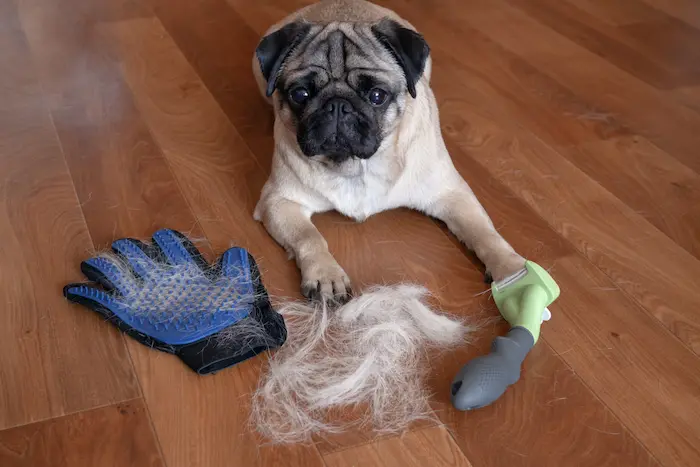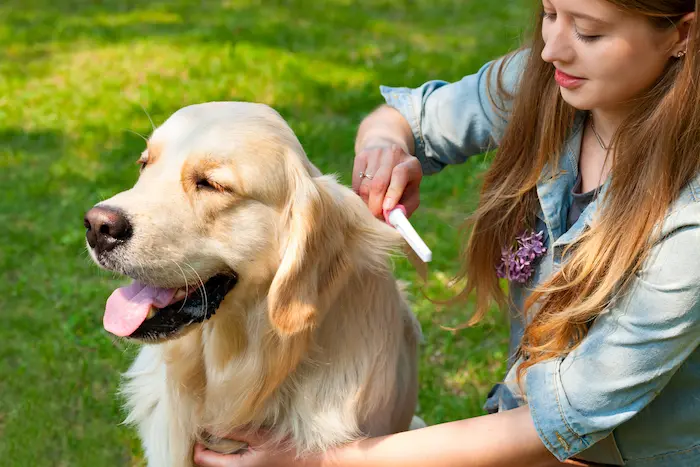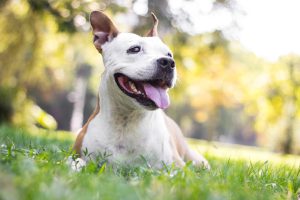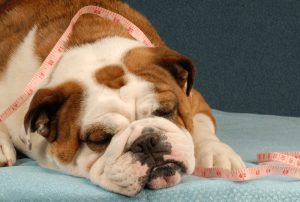
In most cases, dog shedding is a natural process where dogs lose dead hair and skin to make room for new growth. It occurs in all dog breeds but varies in intensity and frequency depending on factors such as the season, its breed and overall health. This type of hair loss regulates a dog’s temperature and stimulates hair follicles so new hair can grow.
Managing dog shedding is crucial for dog owners for several reasons. First, it helps keep your home clean by preventing the buildup of hair and potential allergens. Second, it can indicate an underlying medical condition. Lastly, being informed helps you control dog’s shedding through proper nutrition and grooming to ensure your pet’s coat stays healthy and shiny.
Keep reading to learn everything you need to know about dog hair and shedding.
Factors Influencing Dog Shedding
Let’s explore the factors influencing dog shedding.
Breed-Specific Shedding Patterns
All breeds’ coats behave slightly differently, with some shedding more than usual and other so-called hypoallergenic dogs shedding minimally. For example, double-coated breeds such as German shepherds, Siberian huskies and golden retrievers have reputations for excess shedding.
On the other hand, breeds such as bichon frises, poodles and Portuguese water dogs have curly or wiry coats that trap loose hair and don’t shed as much. Knowing breed-specific shedding patterns can help you choose a dog that suits your lifestyle and preferences.
Seasonal Shedding
A dog sheds seasonally due to changes in temperature and daylight. As the days get longer and temperatures rise in springtime, it triggers hair loss as dogs lose their winter coats to prepare for warmer weather. Then in fall, the drop in temperature and daylight hours triggers hair growth, and dogs get thicker, more insulating coats ready for the colder months.
Dog Health and Nutrition
A healthy diet means healthy hair. Diet-related shedding can occur if dogs don’t get enough essential fatty acids and vitamins. In addition, a poor diet can cause dry skin, inflamed skin, itchy skin and dehydrated skin. However, underlying health issues can also cause skin irritation and hair loss, including food allergies and hormonal imbalances impacting your dog’s skin. Taking safety precautions to keep your dog from roaming and regular trips to the veterinarian for checkups are essential to ensure it remains in good health.
Dog Genetics
Genetics plays a crucial role in how much dogs shed. Double-coated dogs, for instance, are genetically predisposed to shed more because they have thick undercoats designed to keep them warm. Additionally, single-coated or curly-coated dogs tend to shed less because of genetic factors.

Dogs Shed in 3 Types of Shedding Patterns
Dog’s shedding typically falls into three patterns: continuous, seasonal and non-shedding and hypoallergenic.
- Continuous shedding: Certain breeds, including beagles and Labrador retrievers, shed year-round because their hair’s growth cycle isn’t impacted by seasonal changes. Proper diet and regular brushing to remove dead hair are the best ways to manage and reduce dog shedding in these breeds.
- Dog seasonality: Dogs that shed seasonally have coats that adapt based on changes in light and temperature. In spring and fall, these dogs’ coats get thinner and thicker, respectively, to ensure they stay comfortable throughout the year.
- Non-shedding and hypoallergenic: Non-shedding dogs, such as poodles and doodles, are often called hypoallergenic because they lose less hair than other breeds. However, it’s essential to understand that people with allergies don’t just react to dog hair. They’re also allergic to dogs’ skin and a protein found in their saliva, urine and dander.
How to Control Dog Shedding
If your dog is shedding excessively and you’re looking for ways to control pet hair loss, there are several steps to take. Start by following a grooming schedule, feeding a healthy diet and ruling out any medical conditions.
Grooming Techniques
In most cases, grooming is the best way to combat shedding as a pet parent. Invest in proper de-shedding tools, including:
- Slicker brush
- Shedding blades
- Undercoat rake
- EquiGroomer
Begin brushing sessions with a slicker brush, paying special attention behind the ears and in sanitary areas and the neck. Next, use a shedding tool like the EquiGroomer to remove dead hair from the coat’s surface, and follow up with an undercoat rake if your dog has a double coat. Finish with a shedding blade to promote a healthier coat and stop so much hair from getting into your furnishings.
Dogs with long double coats require daily or alternate day brushing to keep their coats in tip-top condition. Aim to brush dogs with single coats on a weekly or biweekly basis. Grooming doesn’t just help control shedding; it also strengthens the bond between you and your pet.
Diet and Supplements to Keep Your Dog’s Coat Healthy
Just as a healthy diet keeps your skin and hair healthy, it’s the same for dogs. A nutritious diet with omega-3 fatty acids, vitamins and minerals supports all coat types. Fish oil supplements are especially effective at reducing inflammation and promoting healthy shedding patterns. Supplements with B vitamins, vitamins A, C, D, E and K and choline also support skin and hair health in dogs.
When to See a Vet About Excessive Shedding
Excessive hair loss could indicate your dog has a health problem. If excessive shedding occurs alongside bald patches, inflamed skin or changes in coat texture, allergies, infections, hormonal imbalances, or parasites could be the culprit.
Take your dog to the veterinarian immediately if you notice sudden changes in shedding alongside appetite changes, lethargy or physical discomfort. Early detection and treatment are essential in case of a serious health issue.
Embrace a Fur-tastic Future With Your Dog
Shedding is a natural part of having a furry friend in your family. By being proactive with grooming, nutrition and attending regular checkups at the veterinarian, it’s easy to manage shedding. If problems arise, take steps to discover the underlying cause and speak to a professional if you have any concerns.
For more insights and resources on ensuring your dog’s wellness, don’t forget to visit our blog.






